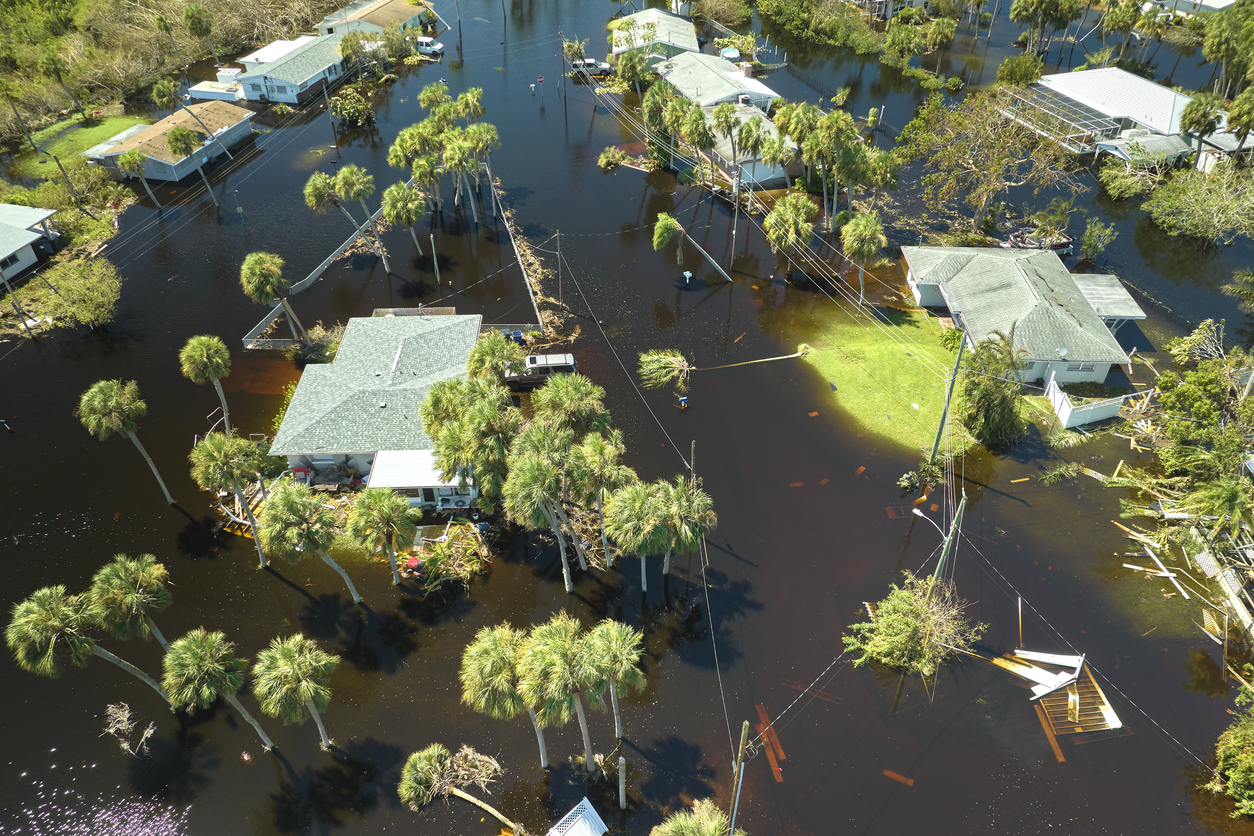Florida Businesses Face Slow Recovery in the Wake of Hurricane Milton

Florida businesses are facing a challenging recovery following Hurricane Milton’s destructive landfall in October 2024. Coastal regions like Sarasota and Siesta Key suffered heavy damage from flooding and high winds, leading to widespread power outages that left over 3 million homes and businesses without electricity. Small businesses, especially in tourism and agriculture, are struggling to reopen as they assess damages, navigate insurance claims, and apply for state emergency loans. Recovery efforts, though underway, are expected to take months as supply chains remain disrupted, and repairs are delayed due to infrastructure damage.
Many business owners are now focused on immediate needs, such as securing funds from the state’s emergency bridge loan program to cover operational costs. The tourism industry, a critical economic driver for Florida, has been severely impacted, with beachside hotels, restaurants, and attractions damaged or temporarily shut down. In agricultural regions, crops, including Florida’s signature citrus groves, were badly affected, leading to millions in potential losses for farmers and further straining the state’s food supply chain.
Despite the damage, state officials have emphasized that the hurricane could have caused even more severe consequences had the storm not weakened before landfall. Early assessments suggest that recovery, while challenging, is feasible with coordinated efforts. Businesses in coastal and rural areas are racing to repair their operations before the peak holiday season, while the government and emergency services work to restore essential services like power and transportation routes.
Looking ahead, the road to full recovery will be long for many Florida businesses. While some companies may bounce back quickly with the help of state and federal resources, others, especially smaller businesses and farms, could face a longer timeline before resuming normal operations. However, Florida’s business community remains hopeful, focusing on rebuilding with the support of relief programs and community efforts. If conditions allow, many hope to see a return to normalcy by spring 2025, signaling a brighter economic future after the storm’s aftermath.
